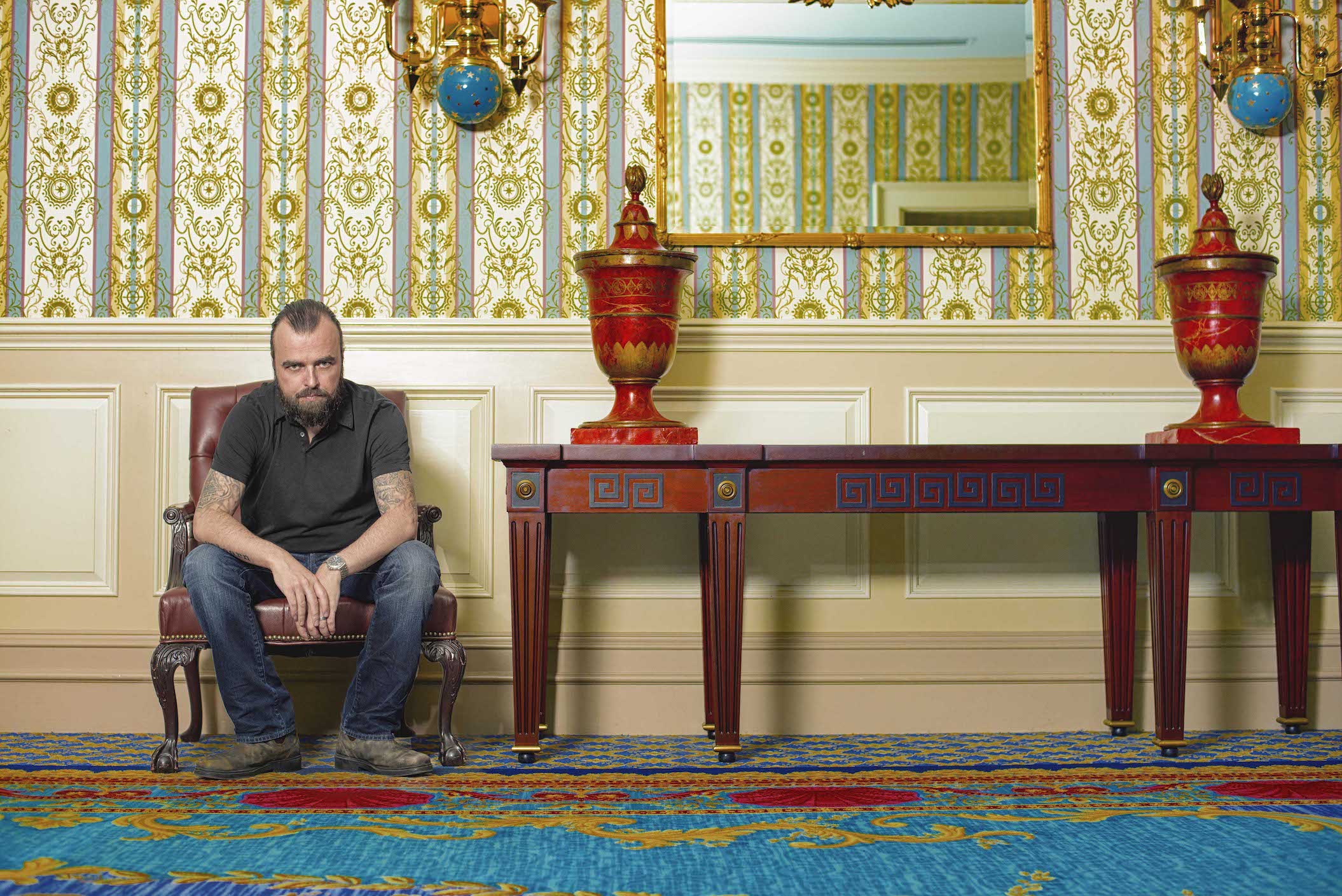Scott Stratten on the Customer Experience: No Sugar-Coating
If you want to go big, it’s time to think small.
This was one of the biggest—and most important—takeaways during our recent chat with Scott Stratten.
After all, Stratten explained, very few customer relationships are built on grand gestures. It’s almost always the small, day-to-day interactions that cultivate customers for life.
And if the advice is coming from Stratten, you know it’s worth following. The UnSeller isn’t just a customer experience expert. He’s the go-to guru for thousands of marketers, sales reps and customer service employees around the world. His unfiltered truths and razor-sharp insights are the reason SugarConnection Boston sold out the moment we had announced Stratten would be delivering the closing keynote, and what draws so many large crowds of people who are eager to hear him speak.
Whether you’ve been fine-tuning your customer experience (CX) strategy for years or are just getting started, this is one Q&A you’ll want to read all the way to the end.
When it comes to customer experience, what’s the #1 mistake most companies are making?
The biggest thing for me—and this is a huge sticking point—is that companies treat existing customers like they have no value. The general sentiment is: We already got your money and put you on our newsletter list, so now we’ll just send you emails and bombard you with offers.
Most businesses focus on generating new leads to drive sales. Then, once customers are in the system, it’s like a dating relationship where everything is adorable at first. A sneeze here, a hiccup there. But fast forward a few years, and those same tendencies have become annoying.
It’s the same thing with customers. Their problems and expectations—so attractive at the outset—become aggravating. We take for granted the ones we have while going after the ones we want.
And yet…
The only way to get new customers is to keep people ecstatic. My question is: Why aren’t we focusing on this?
What’s the biggest cause of this deterioration?
It all goes back to the persistent problem of relationship erosion.
Rarely is there just one incident that causes a customer relationship to come crashing down. Instead, it erodes over time. Small errors and little incidents start to add up, until a better alternative comes along and is suddenly impossible to resist.
This happens all the time. For example, consider how we treat coffee here in Canada. For decades, caffeine addicts revered one specific quick-service chain. And I’m not talking about the occasional customer making a once-in-a-while drive-through stop. Thousands of loyal advocates had long viewed their beloved brand’s coffee as sacred.
Then little things started to make customers question their love for the brand. The coffee was too hot, the lids leaked too much and the prices got higher. Eventually, it all came to a head when the once seemingly unimaginable happened: Starbucks and McDonald’s arrived—and lured away a large chunk of loyal customers.
The problem of relationship erosion is even worse when it comes to products and services that are really hard to change. I’ve spoken all over the world, and without fail I find that consumers are united across countries and nationalities in their disdain of cell phone carriers, banks and airlines.
Why? Because these companies know they have a near-monopoly, and have built business around making it very difficult for customers to leave. After all, if customers can’t easily switch plans or go to competitors, the recurring revenue will continue to flow.
Except when it doesn’t. Because inevitably, the customer will find a way to move on — with no qualms or reason to look back. This can be great news for smaller businesses.
So smaller companies have the advantage?
Yes. The more nimble and less robotic you are, the more authentic and personalized your customer’s experience will be.
After all, customers don’t care about your company’s problems. They have expectations. And with the biggest brands, those expectations can sometimes be set too high by sales.
In contrast, smaller companies can shift a bit as needs come up. That’s a HUGE advantage when it comes to the customer experience. You can treat people like they’re special and ensure no one feels like they’re “just a number.”
We refer to this competitive edge as the “experience gap.” Think of your customer’s best experience and worst experience with the business. The closer together they are, the better positioned your company will be for long-term loyalty and lasting relationships.
Sounds great, but how do companies achieve this when marketing, sales and customer service still operate in silos?
This is one area where unfortunate issues arise and big drop-offs occur—all for one very fixable reason:
Customers don’t see silos.
Your customers don’t see third parties, contractors or partners. They just see the brand. Everything that happens with your brand is representative of the company.
So it’s unfortunate to see a customer service team getting beaten down by complaints while sales is rewarded for churning and burning through new customers. This is definitely not the road to longevity and profitability.
So yes, silos are a big issue. And they need to be broken down from the inside. We need to stop viewing customer service as overhead, and start giving everyone a seat at the table.
Think of the social media team that’s responsive and fast. They might respond to complaints quickly, but if those messages aren’t aligned with the frontline employees who are responsible for resolving actual issues, you’re going to have problems. This happened recently when a customer was told on Twitter to take an ailing cellphone to the nearest location—only to arrive at a store where staff had no idea what to do.
Think of how differently this could have played out had the various departments and teams collaborated as one cohesive unit. Your customers don’t see corporate offices or franchises. They just see one brand, and expect a consistent experience.
To anyone who couldn’t come to SugarConnection Boston and hasn’t heard you speak—what would you say to them?
Sometimes, people think I’m angry. I’m not. I’m just really passionate about customers to the point of aggravation.
At the end of the day, I’m a consumer advocate. Customers choose you for a reason. If you treat them well, you’ll do well. I really feel there are two kinds of companies: Those that care about customers, and those that don’t. The ones that churn and burn might do well for a long time. But the others will grow. That’s the difference.

